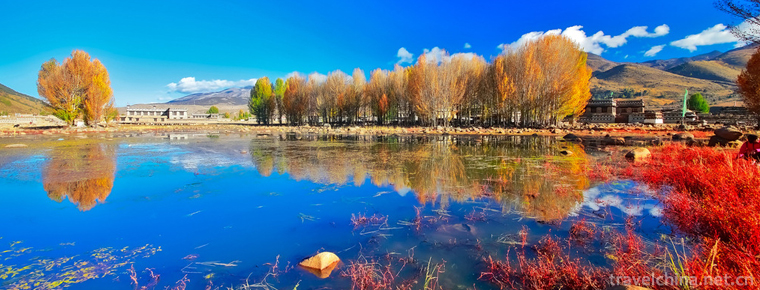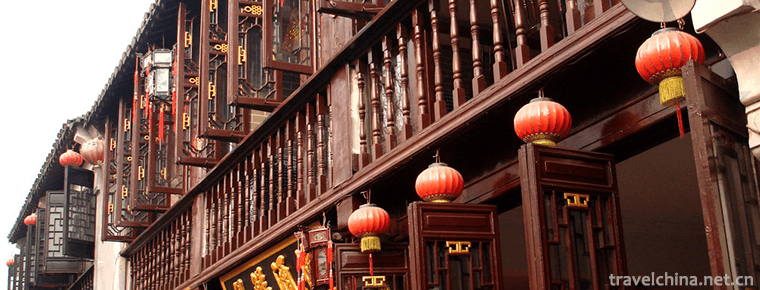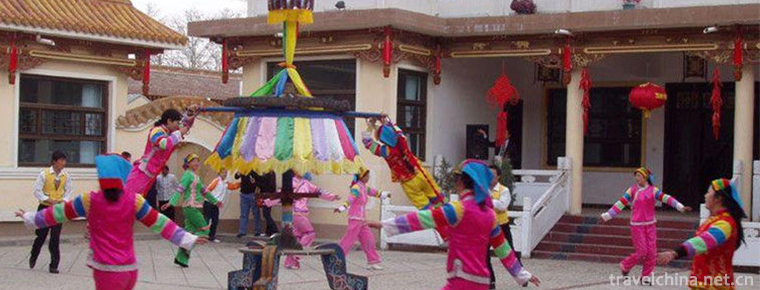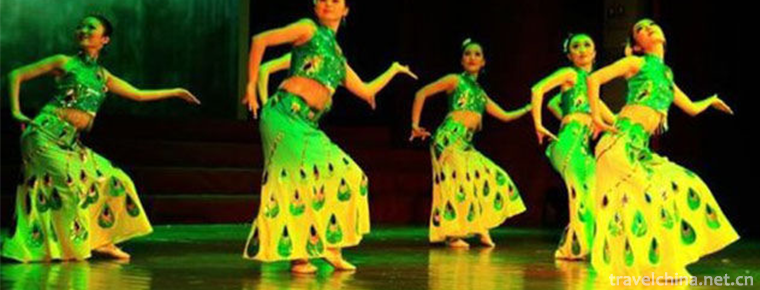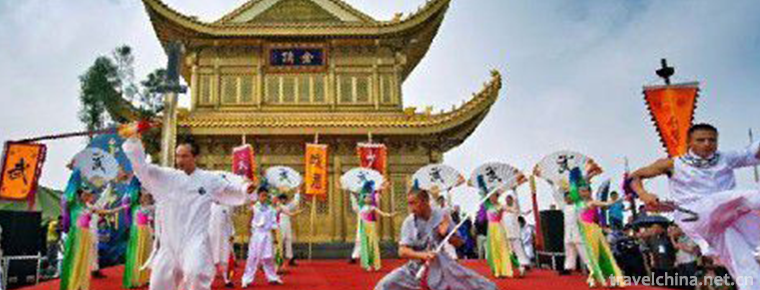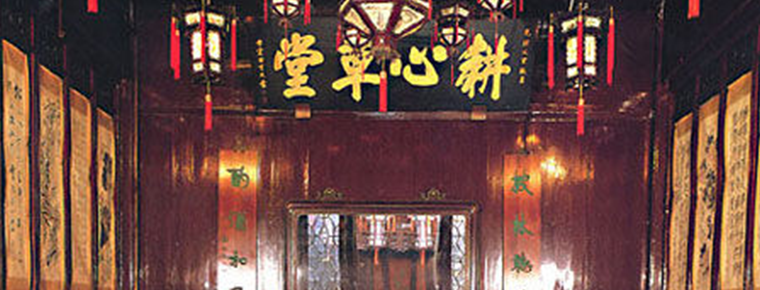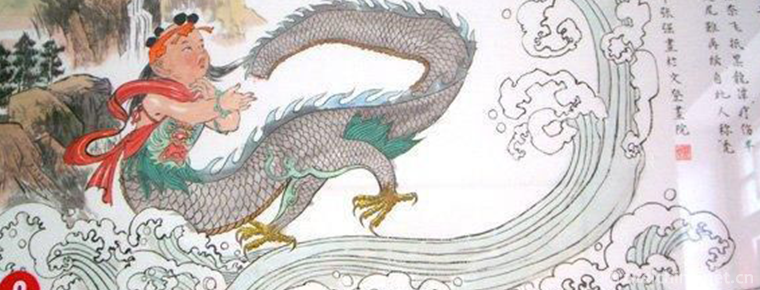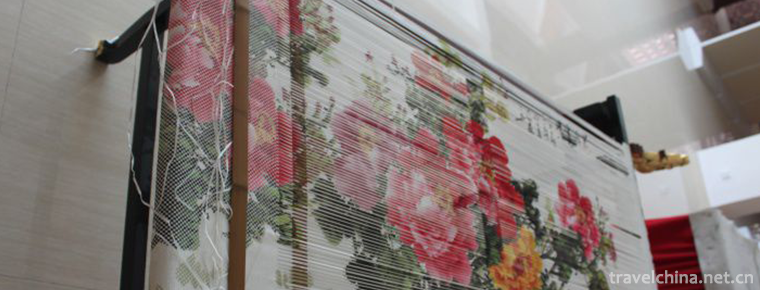Yunnan Mengzi Crossing Bridge Rice noodles guo qiao mi xian
Yunnan Mengzi Crossing Bridge Rice noodles guo qiao mi xian
"Crossing bridge rice noodles" is a unique food in southern Yunnan. It originated in Mengzi City, Hani and Yi Autonomous Prefecture of Honghe. It has a history of more than 100 years. It was spread to Kunming more than 50 years ago. This kind of food is a combination of main and auxiliary food, and is deeply loved by the people of all ethnic groups. Yunnan's "Qiaomi noodles" are the national classic snacks with unique characteristics. The products are famous in Shenzhou. They take into account both north and South flavors comprehensively. They are popular all the year round. They are delicious and refreshing. They have always been the trusted snacks in consumers'minds.
Hot and sour characteristics are suitable for all ages, appetizing and appetizing, four seasons edible, Qi, blood, nourishing, because of the health delicacy is loved by the public. The cross-bridge rice noodles are made of high-quality rice through scientific formulation, supplemented by fresh buckwheat vegetable seasoning ingredients with special appetite. The taste is mellow, the entrance is spicy and crisp, and the aftertaste is long.
In 2014, the production techniques of Mengzi cross-bridge rice noodles were selected into the fourth batch of national intangible cultural heritage list.
Historical Origin
Legend I
It has a history of more than one hundred years. Legend has it that in the Qing Dynasty, there was a small island in the middle of a lake outside Mengzi City in southern Yunnan. A scholar went to study on the island. A scholar, a wise and industrious woman often got his favorite rice noodles to serve him. But when she went out to the island, the rice noodles were no longer hot. Later, when she accidentally delivered chicken soup, Xiu Cainiang found that the chicken soup covered with thick layer of chicken oil was like a pot cover, which could keep the soup warm. If the seasoning and rice noodles were eaten again, it would be more refreshing. So she first cooked the chicken, tubular bone and other clear soup, covered with thick chicken oil; rice noodles were hot at home, and many ingredients were sliced thin to the island and then scalded with boiling oil, then added rice noodles, fresh and smooth. Once this method was spread, people followed it one after another, because to go to the island to cross a bridge, as well as to commemorate this good wife, later generations called it "bridging rice noodles".
Legend II
Another saying is that the old Nanhu Lake in Mengzi City is a beautiful place where literary and ink writers often study books and read poems. Yang Xiucai often went to study in Huxin Pavilion, where his wife sent every meal. Scholars study hard, often forget to eat, and often eat cold meals and cold dishes, the body is becoming increasingly exhausted. His wife was anxious and distressed. She killed the hen and cooked it in a casserole and sent it to him. When she went to collect the bowls and chopsticks again, she saw that the food had not been moved, and her husband was still sitting around reading. When she took the casserole, she found it was still hot. She uncovered the lid. The soup was covered with a layer of chicken oil, and the pottery dishes did not heat well. She sealed the heat in the soup. Later, his wife used this method to keep warm, and put some rice noodles, vegetables and meat slices in hot chicken soup to be boiled and fed to her husband while they were hot. Later, many people imitated her innovative cooking. The rice noodles cooked were really delicious. Because Yang Xiucai had to pass a small bridge from home to Huxinting Pavilion, people called it "cross-bridge rice noodles".
Inheritance and Development
There are 6705 standards for a bowl of rice noodles crossing bridges.
Since 2005, Mengzi City has begun to declare the rice-line crossing the bridge as non-relics. Since then, Mengzi City began to collect information about the traditional production techniques and culture of cross-bridge rice noodles. Until now, legends about cross-bridge rice noodles, traditional production techniques of rice noodles, soup production techniques and the most traditional eating methods of cross-bridge rice noodles can only exist in the form of words.
In December 2009, the geographical indication certification trademark of Mengzi Cross-Bridge Rice Line was officially approved by the State Administration for Industry and Commerce, and Mengzi Cross-Bridge Rice Line obtained a "amulet". After applying for the certificate of geographical indications, standardizing the production standard of rice noodles, standardizing the tableware and service quality of catering enterprises, and enhancing the brand awareness will be more conducive to the development of the 300-year-old cross-bridge rice noodles industry in Mengzi.
In 2011, the Standardization Conference of Yunnan Province was held in Mengzi. The "Standards for Crossing Bridges" formulated by many rice-thread enterprises was issued. There were 6705 standards for a bowl of Crossing Bridges. How much oil should be put into a bowl of rice noodles crossing bridges, what meat should be added, what soup should be used and how many onions should be put in it are clearly stipulated.
Ingredients and practices
Raw material 1. Rice noodles
2. Vegetable cabbage, green bean sprouts, Auricularia auricula, Flammulina velutipes and Pleurotus ostreatus-
Shepherd's purse, chicken balls, fish balls, crab sticks, osmanthus sausage, ham, beef, spareribs, -.
3. Fresh soup, spicy sauce, sesame oil, spicy chicken, salty salt, fresh spices, coriander and scallion
1. Production of Soup
Ingredients: A 25,000 g clear water, 2,000 g old hen, 5,000 g stick bone, 35 g B licorice, 10 g fragrant leaves, 20 g cinnamon, 10 g orange peel, 10 g ginger slices, 5 g big material, 5 g pepper, 15 g white pepper. C. 200 grams of ice sugar, 1000 grams of salt, 25 grams of monosodium glutamate, 500 grams of carved wine, 50 grams of white soy sauce and 10 grams of Yao Zhu.
Production: Old hen, stick and bone together into the cold water pot, boil and skim off the floating powder. Remove and put into stainless steel barrel, add water and fire to boil, then boil for 3 hours on a small fire. Remove the raw materials and leave the soup. 2) Cover material B with gauze and wash it in a clean water basin. After boiling the pot, add material C to the boiling pot.
2. Formulation and practice of sauce:
Formula: 100g bean paste, 100g peanut butter, 200g sweet paste, 1 spoon oyster oil, a little pepper, ice sugar, ginger, garlic, onion, 30g dry chili chopped, vegetable oil, vinegar.
Method: Chop the bean flaps into roses and mix them with peanut butter, sweet paste, oyster oil, pepper, ice sugar and vinegar in a bowl. Hot pot, pour oil, more oil, hot oil, first ginger powder, garlic powder, onion powder, chili powder fried fragrance, and then the mixture into the pot, and then the small hot pot shovel slowly evenly.
3. Sesame oil formula:
Ingredients: 500 grams of peanut oil and 175 grams of pepper.
Heat up the pan, add 500 grams of peanut oil, cook until 80% hot, add 175 grams of pepper, deep-fry until black, and soak the oil into the seasoning pot.
Zanthoxylum bungeanum oil plus prescription:
Seasoning pepper 25g, onion 25g, ginger 25g, peanut oil 100g, fragrant oil 50g.
4. Oily spicy pepper
Ingredients: 20 dried peppers, 1/4 spoon of salt, 10 ML of water, 5 anise, 1 spoon of pepper, 4 segments of cinnamon twig, a little nutmeg and 1 small tree of fragrant leaves.
Method 1. Soak spices and prepare chillies. Pour all the spices into the water and soak for 30 minutes. Dry chili peppers are washed and dried, cut, remove mildew, and cut into pieces with scissors.
Production steps:
1. Place 5 grams of salted salt, 10 grams of chicken essence and 10 grams of fresh spices in a casserole.
2. Bring fresh broth to a boil
3. Put in shepherd's purse first. Choose to join according to the customers'favorite shepherd's purse.
4. Re-cook rice noodles
5. Cook vegetarian dishes for 2 minutes. Choose vegetarian dishes according to guests'preferences
6. Finally add sauce, coriander and shallot
Taste characteristics
Yunnan Mengzi cross-bridge rice noodles are Yunnan's special food. Cross-bridge rice noodles are rice noodles, soup, etc.
Ingredients are made separately, now eat the ready-mixed cooking form, fragrant but not greasy, spicy and crisp, mellow flavor, spicy and refreshing, spicy but not dry, is the top grade of rice noodles, with exquisite materials, excellent production, unique eating method, unique flavor at home and abroad.
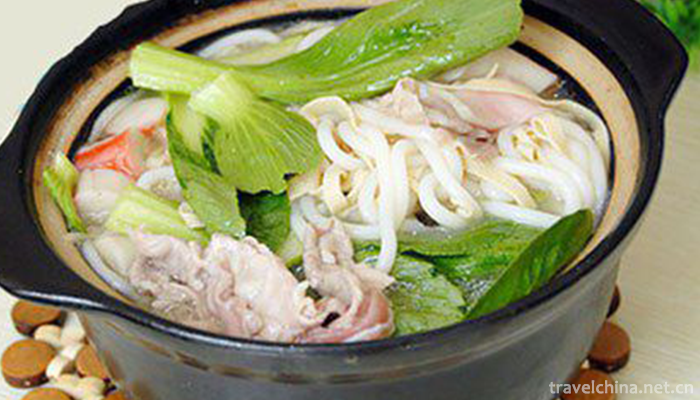
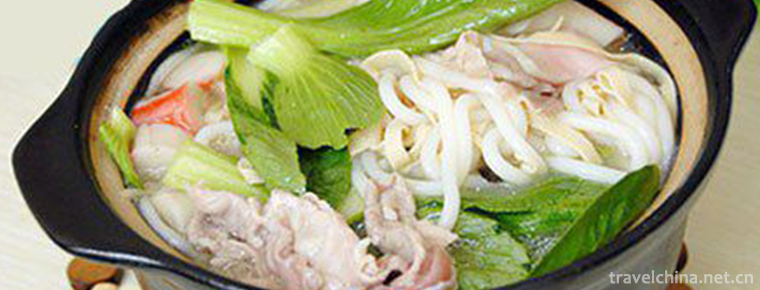
Yunnan Mengzi Crossing Bridge Rice noodles guo qiao mi xian
-
Daocheng Yading County Ganzi Sichuan China
Aden Scenic Spot is located in Riwa Township, Daocheng County
Views: 591 Time 2018-10-12 -
Zhouzhuang Town
Zhouzhuang Ancient Town is a preferred site for world cultural heritage and the first batch of national 5A tourist attractions. It is located in the southeast of Suzhou City and at the junction of Kun
Views: 359 Time 2018-12-06 -
Yasuaki
Anzhao is an ancient Tu dance. It's popular with mutual aid. When celebrating festivals, harvest celebrations and weddings, people gather in the courtyard or on the wheat threshing ground to dance the
Views: 207 Time 2019-04-02 -
Peacock Dance of Dai Nationality
Dai peacock dance is the most famous traditional performing dance in Dai folk dance in China. It is spread in Ruili, Luxi, Xishuangbanna, Mengding, Mengda, Jinggu, Cangyuan
Views: 237 Time 2019-04-24 -
martial art of emei
Emei Wushu is one of the traditional Chinese Wushu schools, and its birthplace is Emei, a famous mountain in China. Including the worldwide spread of "Five Flowers"
Views: 143 Time 2019-04-28 -
Imakan of Hezhe Nationality
Imakan is a unique rap art of the Hezhe people in Northeast China. Its performance form is a combination of one person's rap and singing. It has no accompaniment with musical instruments and uses the
Views: 228 Time 2019-05-03 -
Hu Qingyutangs Traditional Chinese Medicine Culture
Hu Qingyutang's traditional Chinese medicine culture is one of the national intangible cultural heritages and the traditional trade customs preserved by Hu Qingyutang.
Views: 165 Time 2019-05-03 -
Legend of bald tailed Lao Li
Folk legends of bald-tailed Lao Li are widely circulated in Shandong Province, and similar written records are found in Yuan Mei's Zi Yu of the Qing Dynasty: "Bi Shifu, Wendeng County, Shandong P
Views: 150 Time 2019-06-23 -
Yihuanghe Bar Dance
Hebang dance is popular in Hedong area of Yihuang County, Jiangxi Province. It is a kind of traditional folk dance developed by mountain people from generation to generation, chopping branches on the
Views: 280 Time 2019-07-12 -
Yongchun Paper Weaving Painting
"Yongchun County Chronicle" records: "In the early Tang Dynasty, Yongchun had the production of paper-woven paintings. Yongchun paper weaving painting features: interwoven paper marks,
Views: 189 Time 2019-07-14 -
Furong mountain
Furong mountain in Sichuan Province is a snow mountain, stretching for hundreds of miles. Furong mountain scenic area is composed of Furong mountain, Shunan hot spring, hanging coffin
Views: 151 Time 2020-10-16 -
Suining medical and health
By the end of 2019, there are 3725 medical and health institutions in Suining, including 76 hospitals (63 private hospitals) and 3622 primary medical and health institutions; there are 21400 beds in medical and health institutions and 18200 health technicians
Views: 393 Time 2020-12-16
